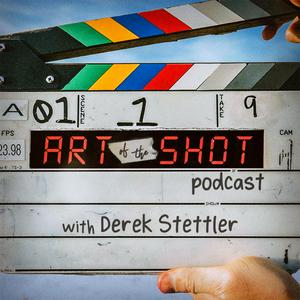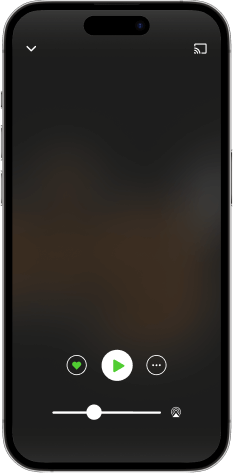Lady Gaga's "911" Music Video with Director Tarsem Singh & DP Jeff Cronenweth, ASC
I promised we’d explore not only cinema and television, but also music videos. And less than 10 episodes in, I'm happy to deliver on that promise. And it happens to be with none other than global superstar Lady Gaga’s latest—and most personal—music video, for her hit song "911".
Watch the video: https://youtu.be/58hoktsqk_Q
In this exclusive interview, you will hear from both the director, Tarsem Singh, and the cinematographer, Jeff Cronenweth, ASC.
Listen and you will discover:
—The genesis of the 911 video, and how it was greenlit without a written treatment (00:05:16)
—Why it took 28 years for Tarsem to return to music videos, after winning Best Music Video and Best Director VMAS when he was 30 (00:08:41)
—Tarsem shares a moment of appreciation for Jeff, saying his favorite lighting ever was done by Jeff in a music video for Janet Jackson (00:14:58)
—Jeff shares what drew him to the project (00:15:28)
—What was said in the initial discussion that defined the look of the video (00:18:10)
—How 911 was shot without storyboards (00:22:04)
—Oscar-nominated cinematographer, Jeff Cronenweth, on what it feels like to play God with lighting (00:26:49)
—Tarsem on Lady Gaga's commitment and her crazy costumes (00:27:22)
—Jeff's unplanned contribution to a key moment in the video (00:28:49)
—Jeff describes what other directors can learn from Tarsem's approach (00:30:17)
—Jeff on the idea that David Fincher hates the process of filming, and more about Fincher's approach to filmmaking (00:32:39)
—On David Fincher's sense of humor and the truth about directing (00:34:31)
—The initial idea for 911's video and the concept explained (00:39:47)
—Color grading during a pandemic and making Pismo Beach, California look like White Sands, New Mexico (00:48:31)
—Camera and lenses used, and the thinking behind that choice (00:51:32)
—Locations the video was shot in (00:52:39)
—The elaborate costumes designed for Lady Gaga (00:53:44)
—About the ultra slow-motion wide shot (00:57:45)
—More on some of the symbolic meaning of the visuals, and the truth behind a conspiracy theory about the video (00:59:53)
—The role of the subconscious in making creative choices with greater meaning that serve the narrative, but which we're not consciously aware of until after the fact (01:03:33)
—Why Tarsem has never tried any drugs… yet (01:05:37)
—How a key shot was achieved, technically, how the video was edited in only a day, and why the release was delayed (01:06:58)
—How the video was shot safely during the COVID-19 pandemic, even with a health scare on set (01:12:16)
—The creation of the final tableau that reveals the whole meaning of the video (01:15:39)
—Lady Gaga's performance in the church at the end, and how it was miraculously saved in the edit due to audio from the behind-the-scenes crew (01:21:31)
—Lady Gaga's evolution as an artist (01:28:34)
If you haven't yet, please subscribe to be notified of future episodes, and share this podcast with others to help grow the show and spread the knowledge! And if you're on Apple Podcasts, a review would be very appreciated!
Follow Art of the Shot:
Instagram
Facebook
Twitter
Derek Stettler:
Instagram
Tarsem:
IMDb
Jeff Cronenweth:
IMDb


